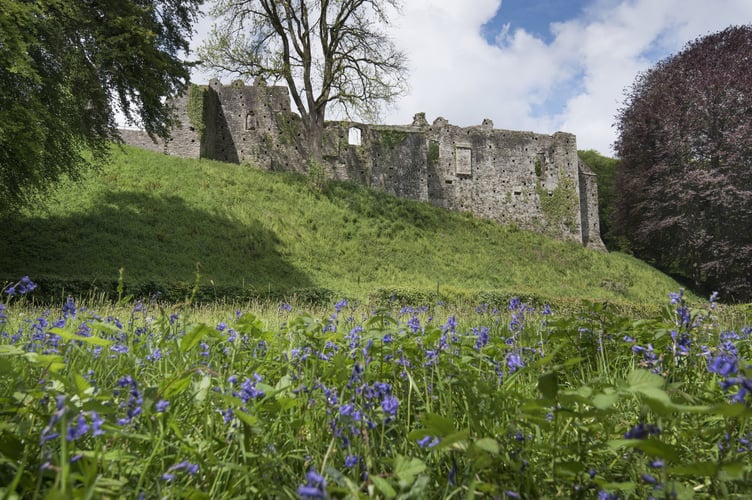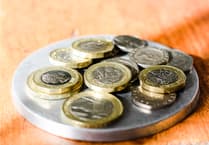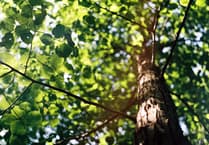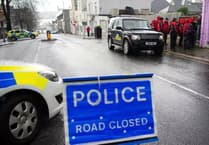The story behind the remains of the largest castle in Devon, all begins with one man, William the Conquer.
Only three years after the battle of Hastings in 1068, William I ‘the Conquer‘ was trying to besiege the southwest. However, many people did not accept William as their king and refused to pay the £18 tribute he demanded. This created uproar.
So, William took 500 armed men westward, destroying towns as he went. Despite the terror he caused, rebels in Exeter were not worried, causing William to attempt a besiege of the city.
William had a reputation for violence which was only reinforced in the time he spent in Exeter, after negotiating with the cities elders and then proceeding to blind one of the hostages, when Exeter did not cooperate. The siege lasted 18 days before terms were agreed to end it.
To ensure the event didn’t happen again, he arranged for some key supporters to be based in Devon and Cornwall, by giving them land. He wanted castles to be built.

Baldwin de Brionne was said to be given 200 manors and appointed sheriff of Devon. As Baldwin was married to William’s cousin, Emma, he was given permission to build his own castle in Okehampton.
Okehampton castle was built overlooking the Saxon settlement of Ocmundtune and the surrounding countryside, making it an outstanding location for Baldwin de Brionne. During Baldwins ownership, the castle did not see much conflict, which was to come in later years.
Baldwin had four sons who took over the castle after his death, however none of them were particularly interested in the castle and so it was passed to the female line of the family and given to Hawisia.
Hawisia eventually married Reginald Courtenay in 1173 and the Courtenay family would end up possessing the castle for approximately 300 years. The family became Barons of Okehampton, then because of marriage, Hugh Courtenay later gained the title of Earl of Devon. The family consequently owned far more land because of the new title.
Tiverton castle had become the main residence of the Courtenay family by the 14th century, so Okehampton was now used as a ‘holiday home’ where the family would go on hunting trips.
The castle was refurbished to impress the guests and accommodate more people. In addition to this the grounds were converted to a deer park, designed for entertainment.
In the 15th century the War of Roses would be the first of three confiscations and returns of the castle. Until it’s fourth and final confiscation in 1539.

After this, Okehampton castle was left to rot. Fortunately, in the early 20th century the castle was purchased by a local man named Sydney Simmons, who worked on the beginnings of what became a restoration project of the ruins.
He then handed the site to the Okehampton castle trust in 1917. In the decades that followed repairs were carried out and archaeological investigations occurred in the 1970s.
It has been 995 years since its initial construction and now the grade 1 listed castle is owned by English Heritage and run as a tourist attraction. Which is open to all visitors.



